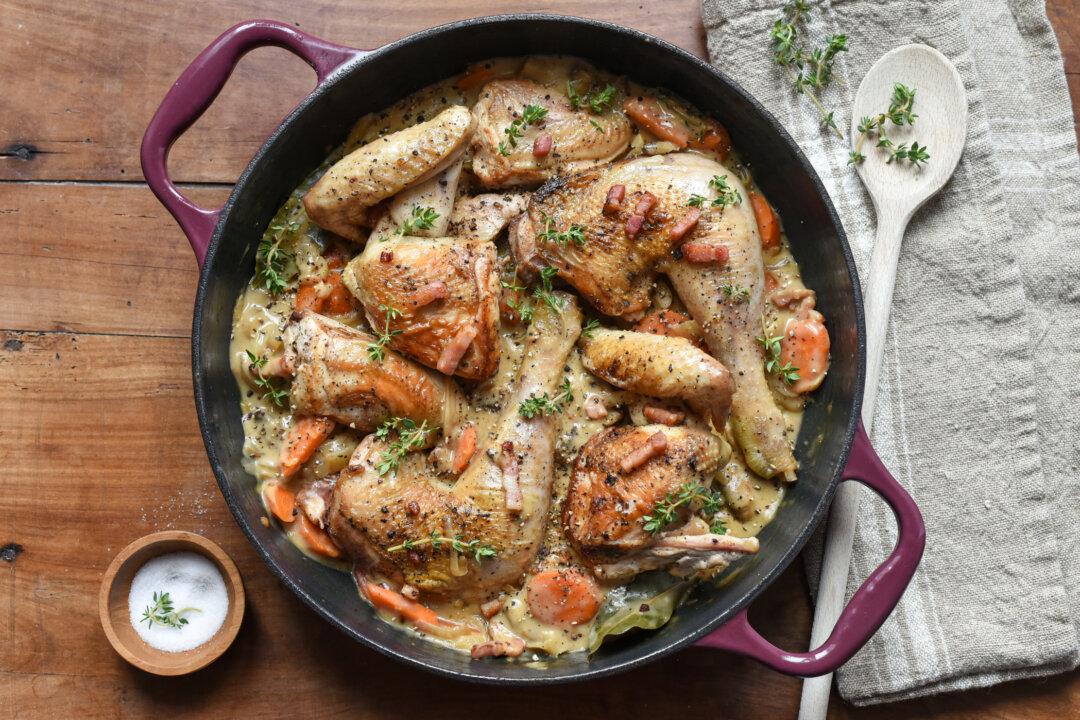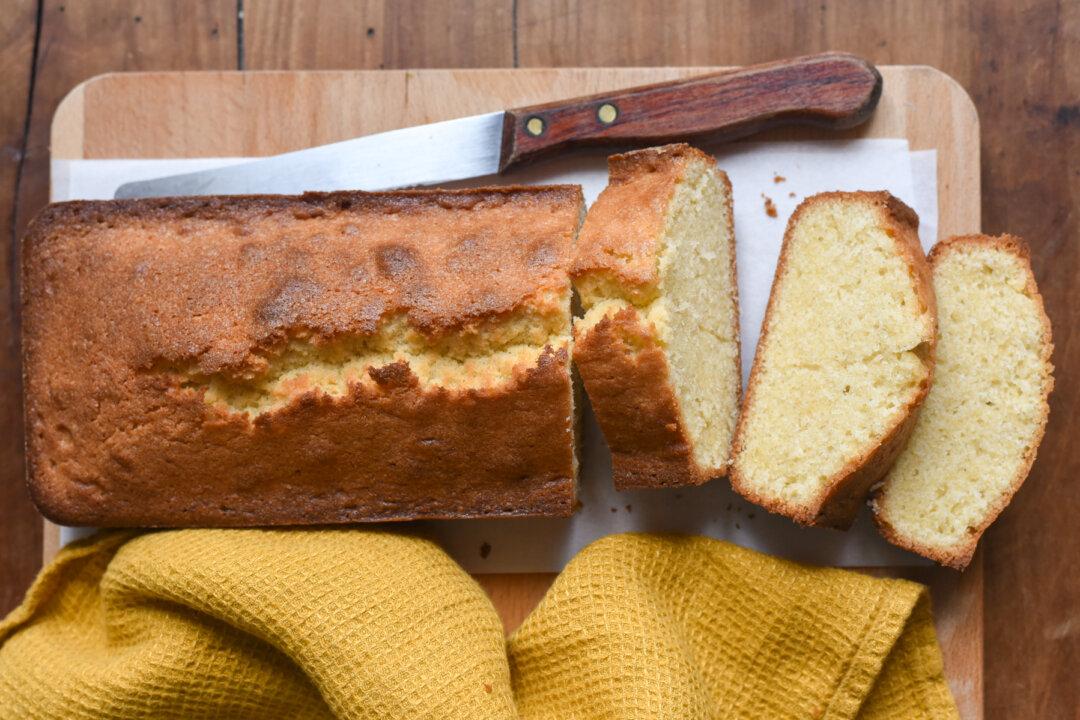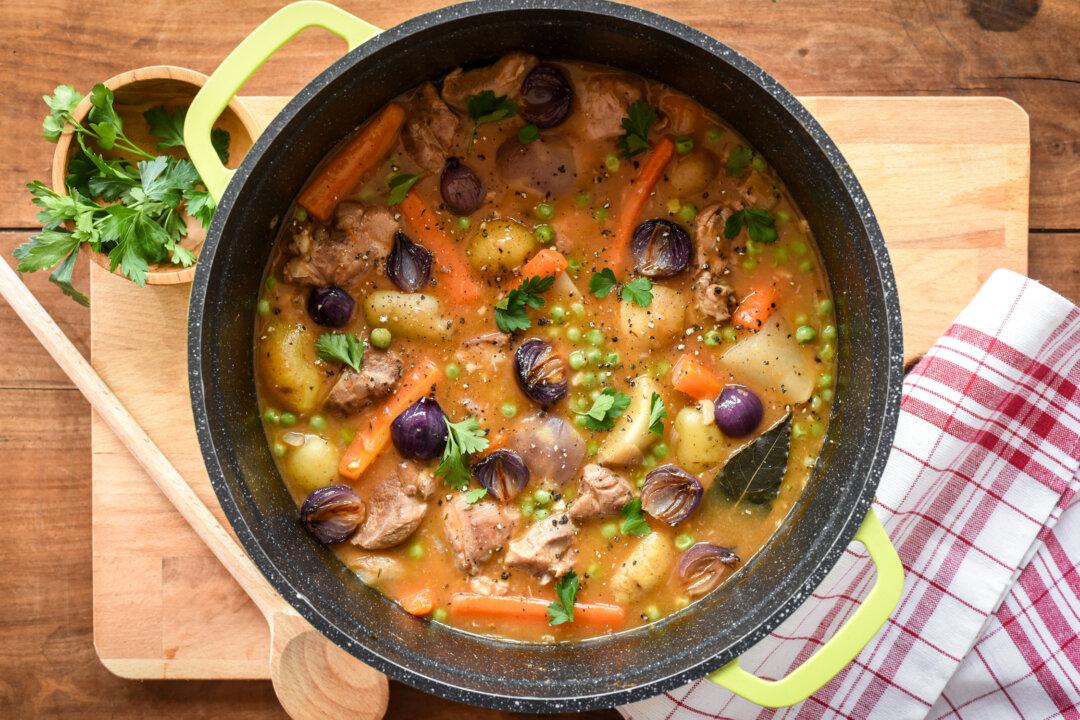Every bit as delicious as a pie, but requiring half the work, a galette is the perfect summer bake.
This rustic fruit tart doesn’t require much time to assemble. There’s no meticulous trimming, blind-baking, or lattice-making—nor even a pie dish involved. It’s laid-back, forgiving, and endlessly riffable, using whatever fruits you like or have on hand. Are you convinced yet?
A tarte rustique, as it’s called in French, features a flaky, all-butter crust, folded in a free-form manner over a simple fruit filling. It’s baked flat on a parchment-lined baking sheet, rather than in a pie dish or tart pan.
The uncomplicated tart is a very popular dessert in France, especially during the summer months, to take advantage of the abundance of fresh, seasonal fruits.
For a Dependable Crust
For galettes, the best crust candidate is hands-down a pâte brisée, the French version of a shortcrust pastry. This classic French crust is made with only flour, butter, and water—no sugar or eggs. It’s thus very versatile and can be used for both sweet and savory pies, quiches, or tarts.The water encourages the formation of gluten in the flour, so pâte brisée is sturdy enough to hold any juicy fruit fillings (just don’t overdo the water, or you’ll end up with a tough crust), yet still very flaky, thanks to the generous amount of butter. This also makes for a dough that’s easy to work with and very forgiving—which is exactly what you want, to shape a galette with little stress.
It’s crucial to use ice-cold butter and ice-cold water to make the dough. The ice-cold butter—not room temperature—will distribute into the flour without softening, and the ice-cold water will bind the ingredients together without melting the butter. This ensures that little bits of butter are still present in the dough once rolled out, which makes for a most tender and flaky pâte brisée. To make ice-cold butter, cut it into small cubes, place on a plate, and pop the plate in the freezer for 20 to 25 minutes.
Although a pâte brisée can be easily mixed in a food processor, I prefer making it by hand to get a better feel of the dough’s texture. It’s important not to overmix the dough, or the crust will end up too tough once baked. Once the flour and butter are blended, slowly add just enough water so that the dough holds together when pressed in your palm.
For a Fabulous Filling
Make sure you rinse your fruits under cold water and delicately—but thoroughly—pat them dry before you start.Don’t fret about the sugar and cornstarch. If you’re using soft fruits such as berries and stone fruits, it might be tempting to reduce the amount of sugar, but you’ll get a runny filling if you do so. Both the sugar and starch will absorb moisture and create a deliciously jammy filling.
Ace the Assembly
To prevent the fruits’ juices from making the crust soggy, sprinkle some ground almonds, oats, or crushed cookies over the center of the rolled-out crust before adding the filling.When placing the filling in the middle of the crust, make sure you leave a two-inch border all around. This way you’ll be able to easily fold the edges over the filling later. Don’t pile the fruits, either; spread them in one single, even layer, so they bake evenly, too.
Summer Fruit Galette
A galette invites all kinds of fruit fillings, be it berries, stone fruits, or a combination. Summer favorites include strawberries, blueberries, peaches, plums, and apricots. Come late summer and fall, apples and pears are staples.The key is always to dice or thinly slice the fruits to an even size. You can simply toss the fruit filling in the center of the dough or neatly arrange the fruit slices to create pretty patterns.
You can also add your own flavor twists with citrus zest (try orange zest with berries), fresh herbs (basil with strawberries, lemon verbena with stone fruits), and/or spices (cinnamon with apples).
Serves 8
- 1 1/2 cups all-purpose flour
- 3/4 cup cold unsalted butter, cut into small cubes
- 1/4 teaspoon salt
- 1/4 cup to 1/3 cup ice water
- 4 cups berries and/or stone fruits, chopped or thinly sliced
- 1/4 teaspoon salt
- 1/3 cup sugar
- 1 teaspoon vanilla extract
- 2 tablespoons cornstarch (or tapioca starch)
- 4 tablespoons ground almonds (or quick oats, or crushed cookies, such as graham crackers)
- 1 egg yolk
- 1 tablespoon milk



Preheat the oven to 400 degrees F with a rack in the middle. Line a large baking sheet with parchment paper.


Spread the ground almonds onto the center of the dough, leaving a 2-inch border around the edge. Evenly arrange the fruit filling on top, still leaving a 2-inch border. Fold the edges of the dough up over the fruits to create a 1 1/2- to 2-inch folded edge, pleating the dough around as you go. If the edges of the dough crack, wet your fingers with lukewarm water and rub the cracks to bind the dough back together.

Whisk together the egg yolk and milk. Brush onto the folded border.
Bake for 50 minutes to 1 hour, until the edges of the crust look dry and golden, and the fruit filling looks soft.






